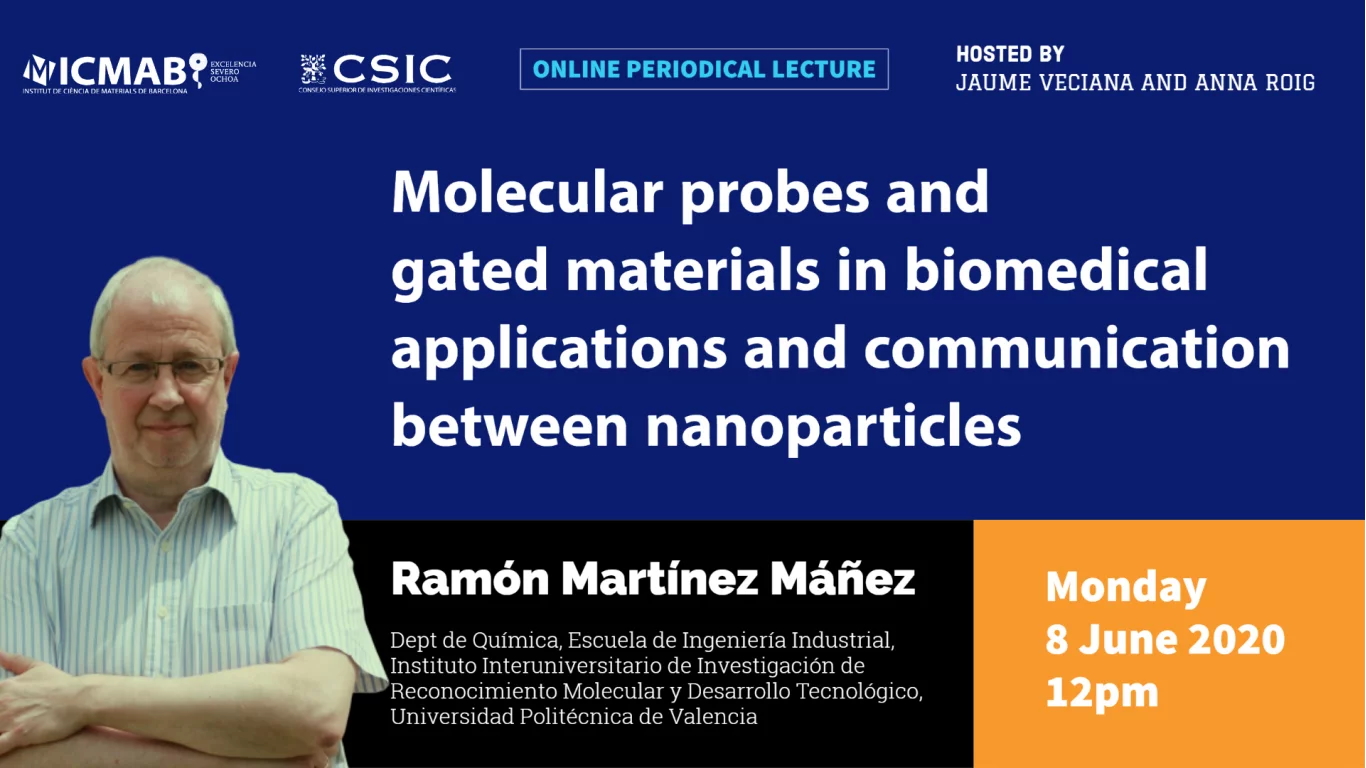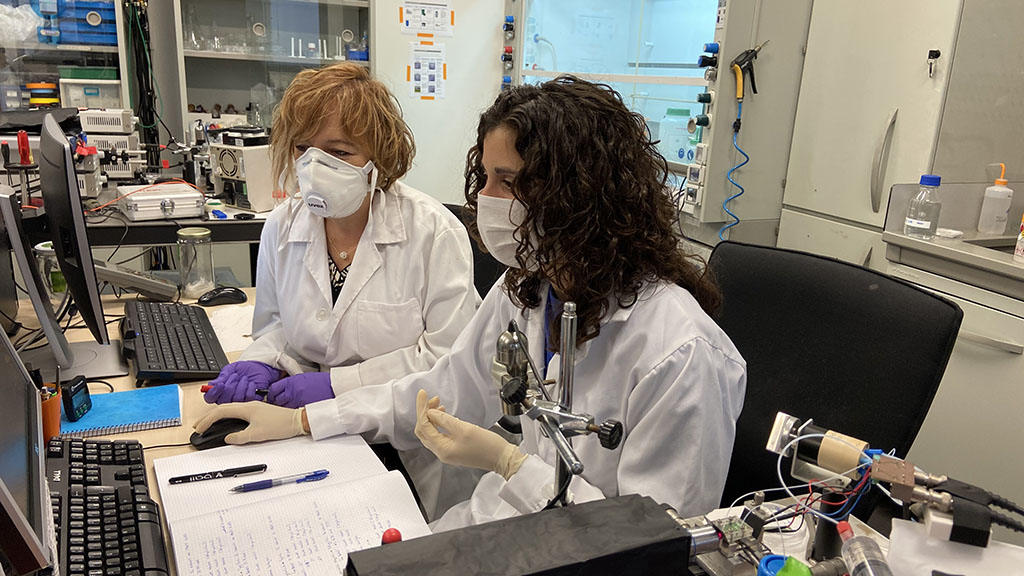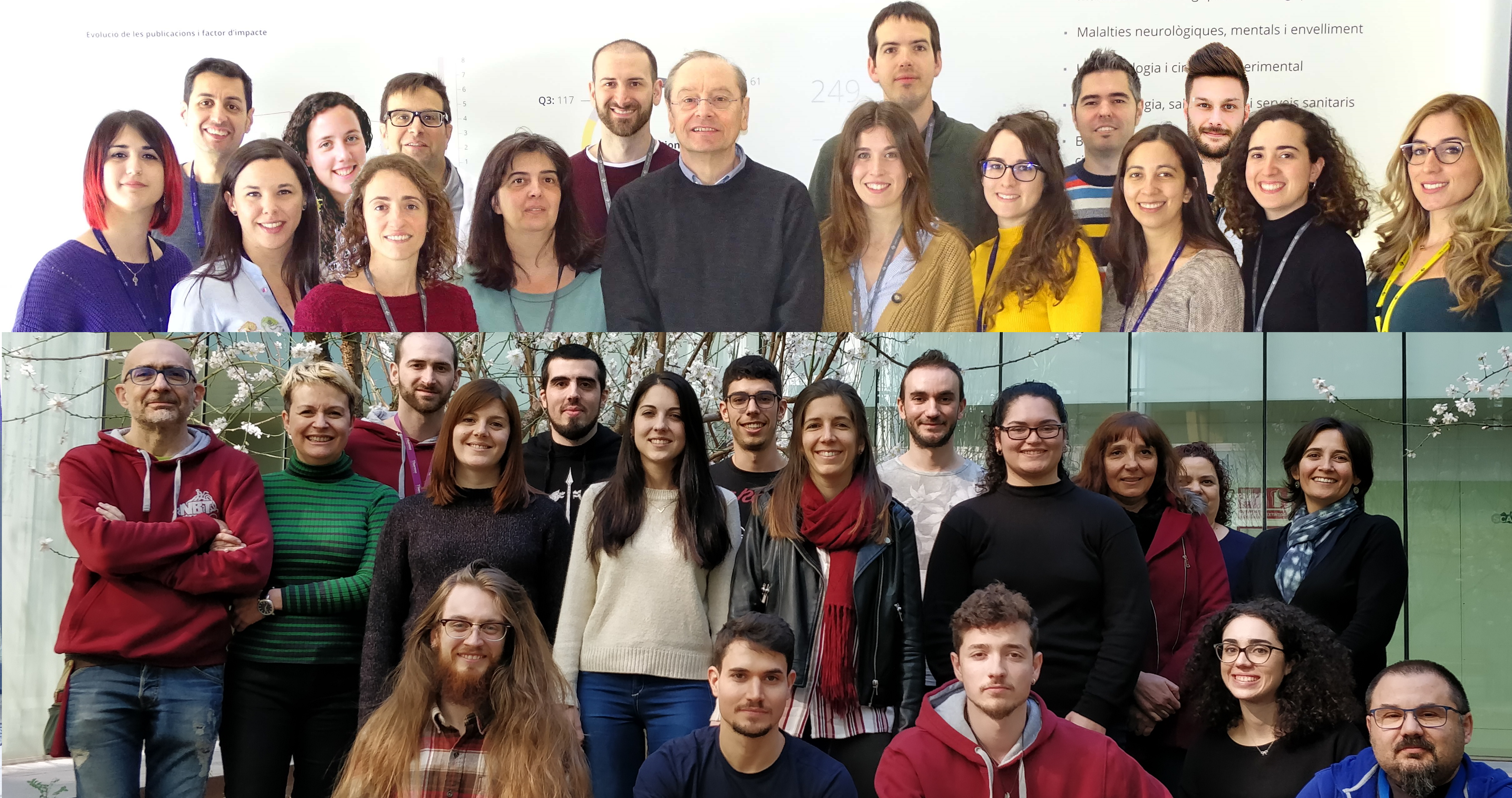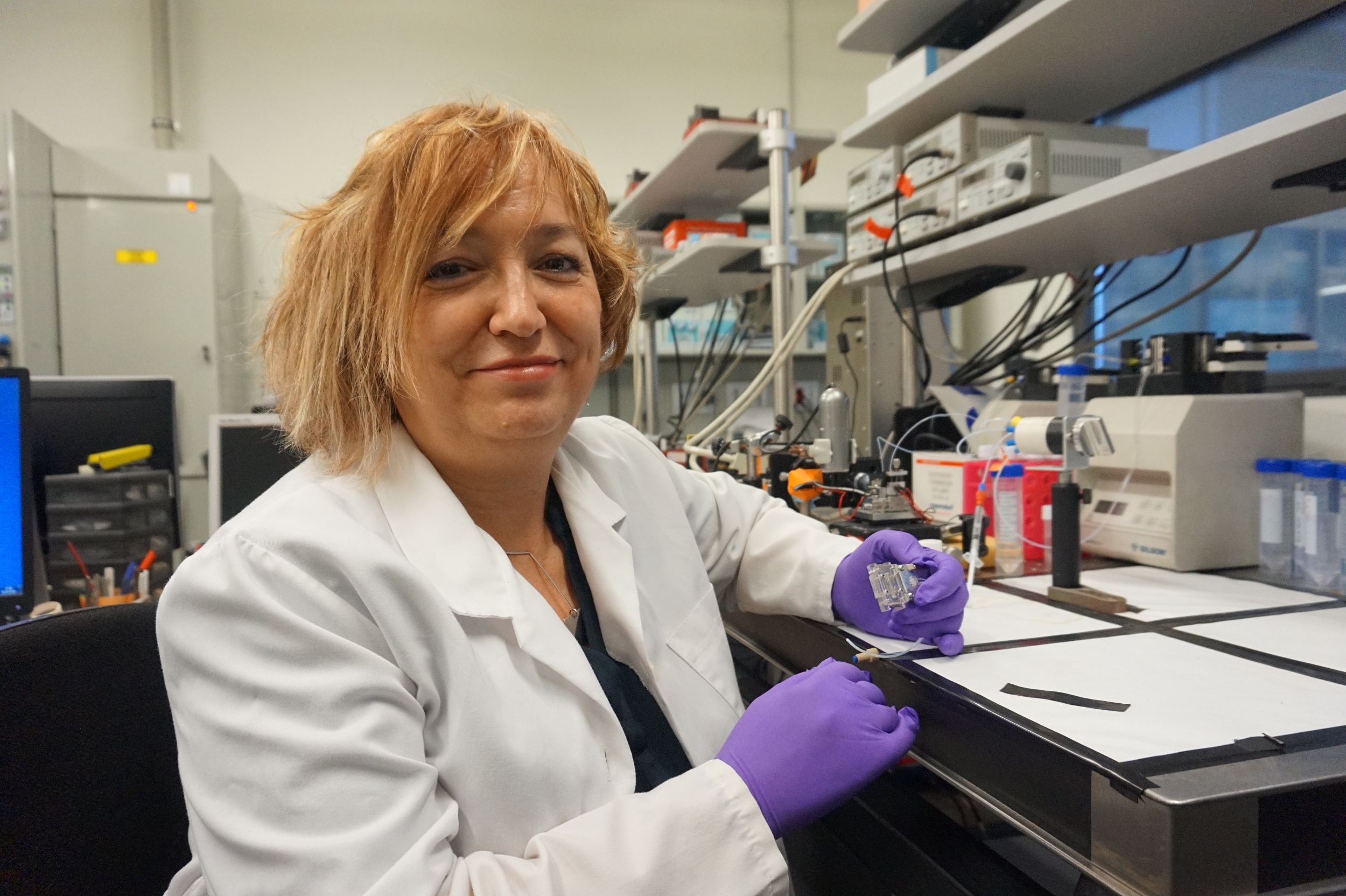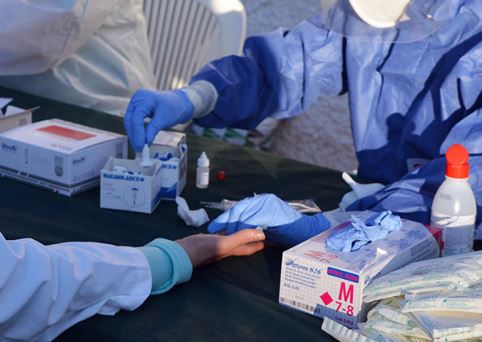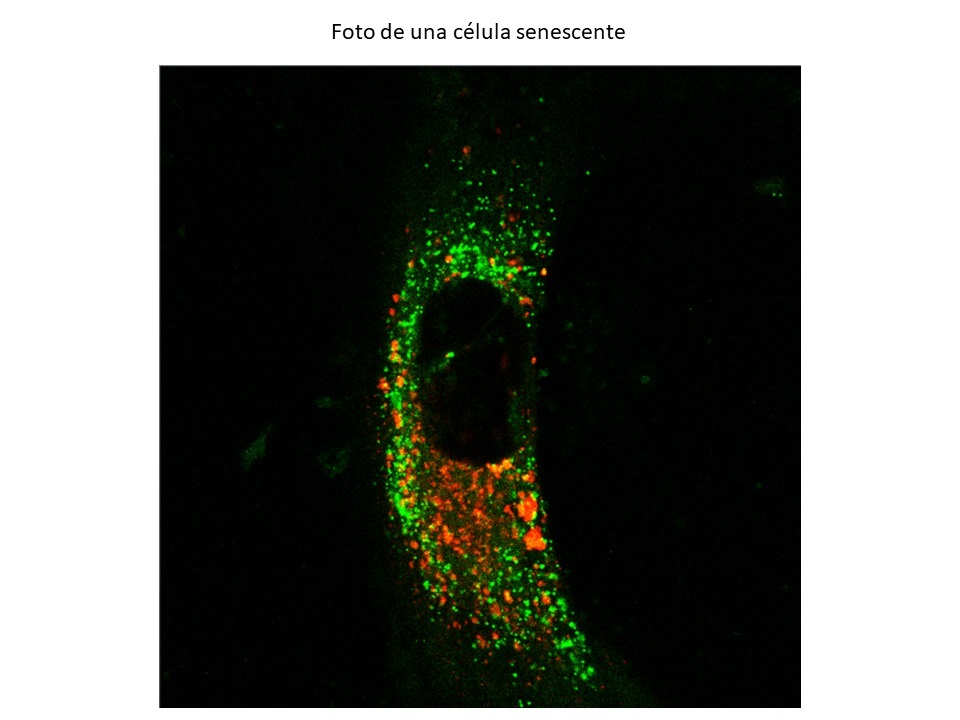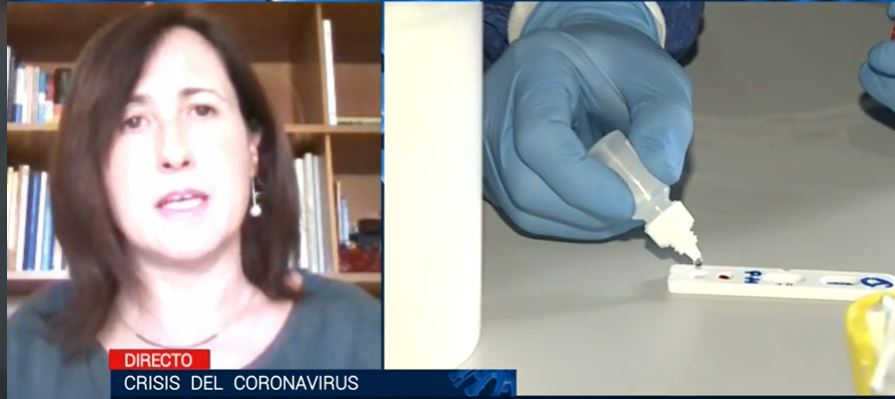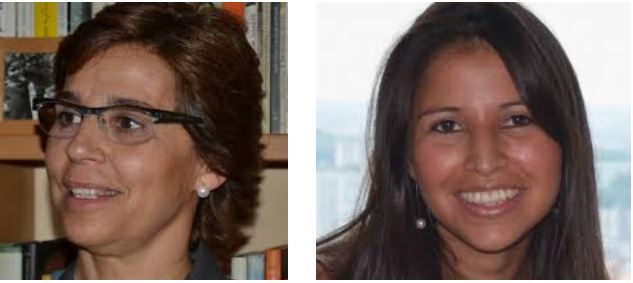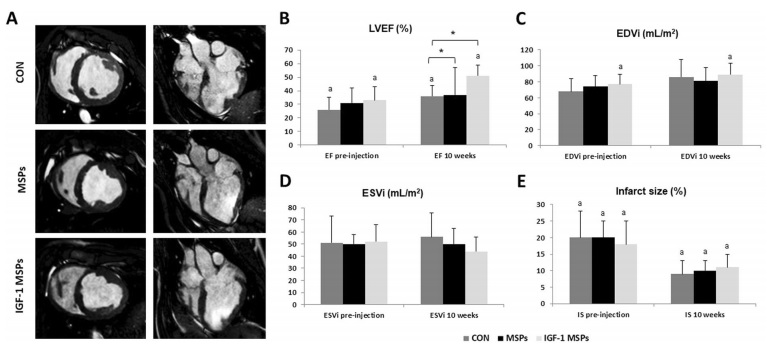“Molecular probes and gated materials in biomedical applications and communication between nanoparticles” by Ramón Martínez
Next June 8, 2020, 12 pm, Ramón Martínez Máñez, Scientific Director of CIBER-BBN and NANBIOSIS U26, give an on line seminar, hosted by Jaume Veciana and Anna Roig will from ICMAB-CSIC.
The development of optical molecular probes and probes based on gated nanoparticles has been an area of interest during the last decades. Optical probes are able to transform chemical information in the environment into a suitable optical signal, usually a change in colour of fluorescence. Moreover, gated materials have also been widely used for the development of drug delivery systems.
Some examples of optical probes and gated materials for sensing and controlled delivery in biomedical applications will be described. From another point of view, the talk will also describe how nanoparticles are able to communicate each to another via the exchange of chemical messengers. Communication between nanodevices may find applications in different areas and a number of future new results are envisioned in this research field.
The development of optical molecular probes and probes based on gated nanoparticles has been an area of interest during the last decades. Optical probes are able to transform chemical information in the environment into a suitable optical signal, usually a change in colour of fluorescence. Moreover, gated materials have also been widely used for the development of drug delivery systems.
